I have the following data structure already in the system.
ItemDetails:
ID Name
--------
1 XXX
2 YYY
3 ZZZ
4 TTT
5 UUU
6 WWW
And the hierarchies are in separate table (with many to many relationships)
ItemHierarchy:
ParentCode ChildCode
--------------------
1 2
1 3
3 4
4 5
5 3
5 6
As you can see that 3 is child node for 1 and 3. I want to traverse records say for example that from the node 3.
I need to write a stored procedure and get all the ancestors of 3 and all the child nodes of 3.
Could you please let me know whether any possibilities to pull the data? If so, which data structure is OK for it.
Please note that my table is containing 1 million records and out of it 40% are having multiple hierarchies.
I did 'CTE' with level and incrementing it based upon the hierarchy but I'm getting max recursive error when we traverse from root to leaf level node. I have tried 'HierarchyID' but unable to get all the details when its having multiple parent for a node.
Update: I can set a recursion limit to max and run the query. Since it has millions of rows, I'm unable to get the output at all.
I want to create a data structure such that its capable to giving information from top to bottom or bottom to top (at any node level).
Could someone kindly please help me with that?


